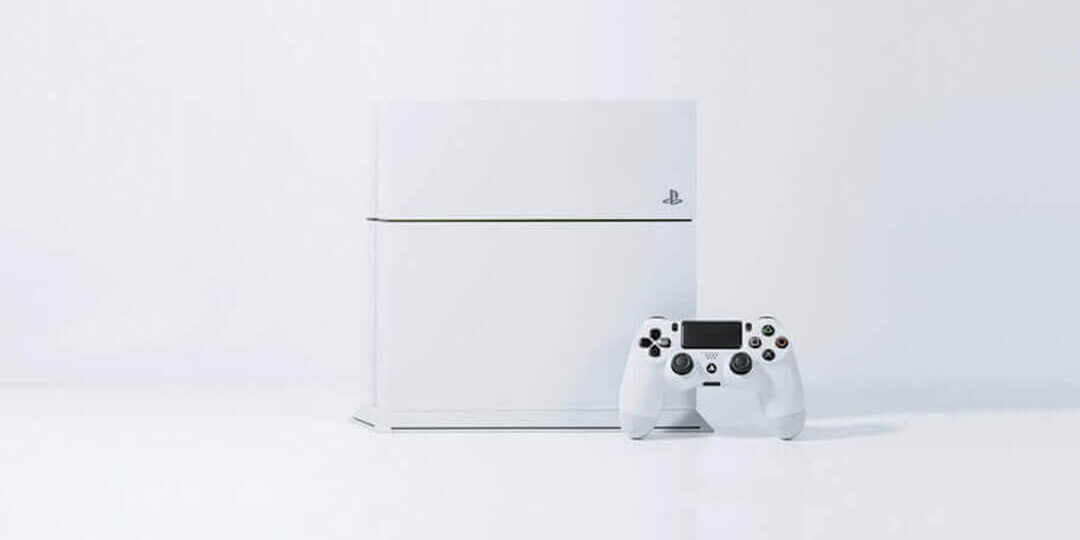Learn Unit Conversion the Easy Way The method that we will be using to convert between units is known as dimensional analysis or the factor-label method or even the unit-factor method. But what we call it really doesn’t matter. What matters is the fact that this is a versatile and powerful problem solving technique. So, let’s just do this. We’re going to start with a simple unit conversion problem.
A weightlifter can lift 495 lbs. How many kilograms is that? In order to solve a unit conversion problem like this, we first need one more piece of information: the conversion factor.
For pounds and kilograms, the conversion factor is 1 kg equals 2.2 pounds.
Now, we’re ready to solve this. The first thing you should always do is write down the quantity that you want to convert. This is the number from the question, not the conversion factor. Please also include the units. Next, we are going to multiply this number by a fraction.
Inside the fraction we are going to write the two numbers from the conversion factor.
But, how do we know which one goes on the top, and which one goes on the bottom? To answer that question, all we need to do is look at the units, which is why we always include the units in the calculation itself. The quantity we are starting out with has the units of pounds, so we take 2.2 pounds from the conversion factor and write it on the bottom.
Next, because we want to end up with kilograms, we take 1 kg from the conversion factor and write it on the top of the fraction. Notice that now, the pounds that we started out with cancel out with the pounds on the bottom, and the units we have left on top are kilograms, which is exactly what we want to convert to. The only thing left to do now is plug the numbers in our calculator. You could, of course, put this in your calculator exactly the way it appears here..
.but maybe you don’t have one of those fancy calculators that can do fractions, or maybe you’re like me, and you just want to find a short cut.
Because the number on the top of the fraction is 1, this becomes a simple division problem. In your calculator, type 495 divided by 2.2, and your calculator should tell you the answer is 225.
Our final answer, therefore, is 225 kg. There is one more thing that we should notice about this problem. The fraction, 1 kg over 2.2 lbs. actually equals one because 1 kg equals 2.
2 pounds. In fact, any time we do unit conversions, we are simply multiplying our initial quantity by a conversion factor fraction that equals one. Okay, now that we are experts at this technique, let’s try a slightly harder problem.
A certain car has a mass of 1920 kg. How many tons is that?
Just like always, we need the conversion factor before we can solve this, but this time we need two conversion factors: one to convert from kg to lbs., and another to convert from lbs. to tons. So, this is going to be a two step problem. We start the problem by writing down the quantity from the question, 1920 kilograms, and then we multiply this by a fraction.
The two numbers that go in the fraction come from one of the conversion factors, but what goes on the bottom? Because we are starting with kilograms, we write 1 kg on the bottom of the fraction so that we can cancel out the kilograms. Next, the other half of that same conversion factor, 2.2 lbs. have to go on the top.

The kilograms cancel out leaving us with pounds as the units of our answer. When you do the math in your calculator, simply multiply 1920 by 2.2. This time we are multiplying the numbers because the 1 of the conversion factor is on the bottom of the fraction. Our calculator tells us that the answer is 4224 pounds.
..but, we’re not done yet. We still need to convert the pounds to tons. The second step works exactly the same way.
First, we write down the number that we want to convert, that is 4224 pounds, and then we multiply this by a fraction. We want to have pounds in the denominator of the fraction so that we can cancel out the pounds. But which pounds do we choose? 2.2 pounds or 2000 pounds?
Remember that we want to convert to tons, so choose the conversion factor between pounds and tons.
We write 2000 lbs. on the bottom, and 1 ton on the top. Our pounds cancel out, and we are left with tons for the units of our answer. In our calculators, we type 4224 divided by 2000 because the one is in the numerator of the fraction.
Our final answer works out to be 2.11 tons. If you are following in your calculator and wondering why I rounded my final answer, the reason is that I should have only 3 significant figures in my answer because the 1920 I started with has only 3 significant figures. Okay, we got the correct answer, but it turns out that there is an even better way to solve problems that involve multiple conversion factors.
Rather than solving this in two separate steps, we can combine those steps into one step with two conversion factors.
Check this out. Once again, start the problem by writing down the quantity that you want to convert. Multiply this by a conversion factor fraction, putting what you want to cancel out on the bottom and what you want to convert it to on the top. Notice that so far this is exactly the same as the first step we just did. However, instead of solving this as it is, we are going to multiply it by another conversion factor fraction.
We now need to cancel out the lbs. that are left on top, so we put 2000 lbs. on the bottom. We chose the 2000 lbs. rather than the 2.
2 lbs. because we ultimately want to convert the quantity to tons. This gives us tons as our remaining units on top while all the other units cancel out. We then proceed to calculate from left to right. If the one is on the bottom, we multiply.
If the one is on the top, we divide. So, we multiply 1920 by 2.2 and then divide that answer by 2000. Our final answer is 2.11 tons, which is exactly what we got the first time.
But now we can see how powerful this method is.
No matter how many conversions you need to do, putting the conversion factors in fraction form helps you to know when to multiply or divide. Thank you for watching. Please comment, vote, subscribe, or check me out at ketzbook.com.
https://jvz6.com/c/1399091/267113/
Discover more from Making Money Is Easy
Subscribe to get the latest posts sent to your email.











![[Explore 20241104] Colors of autumn [Explore 20241104] Colors of autumn](https://i0.wp.com/live.staticflickr.com/65535/54116799494_01eed0bc05_m.jpg?w=640&ssl=1)























